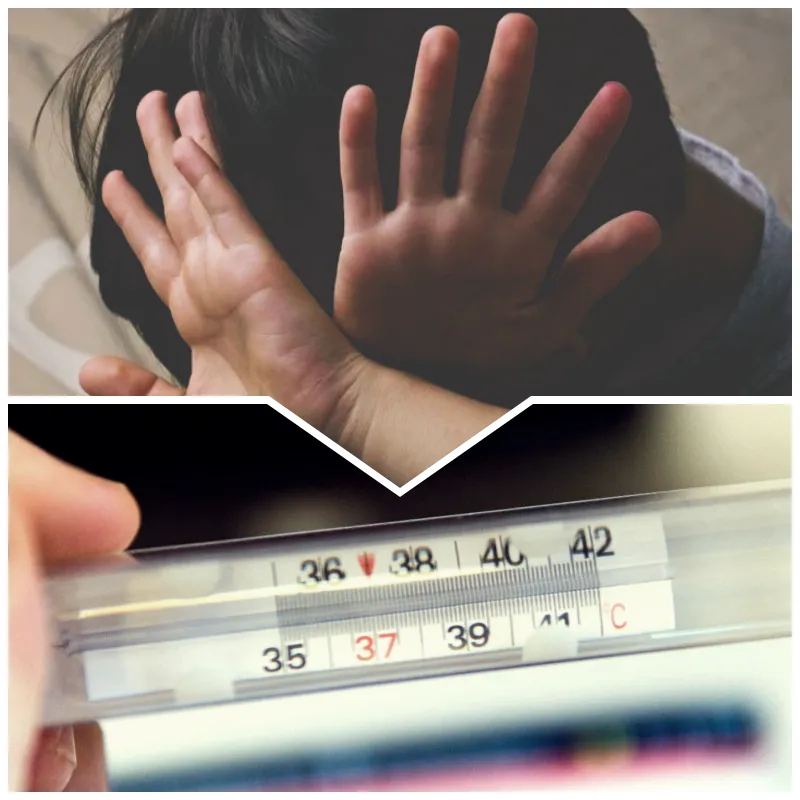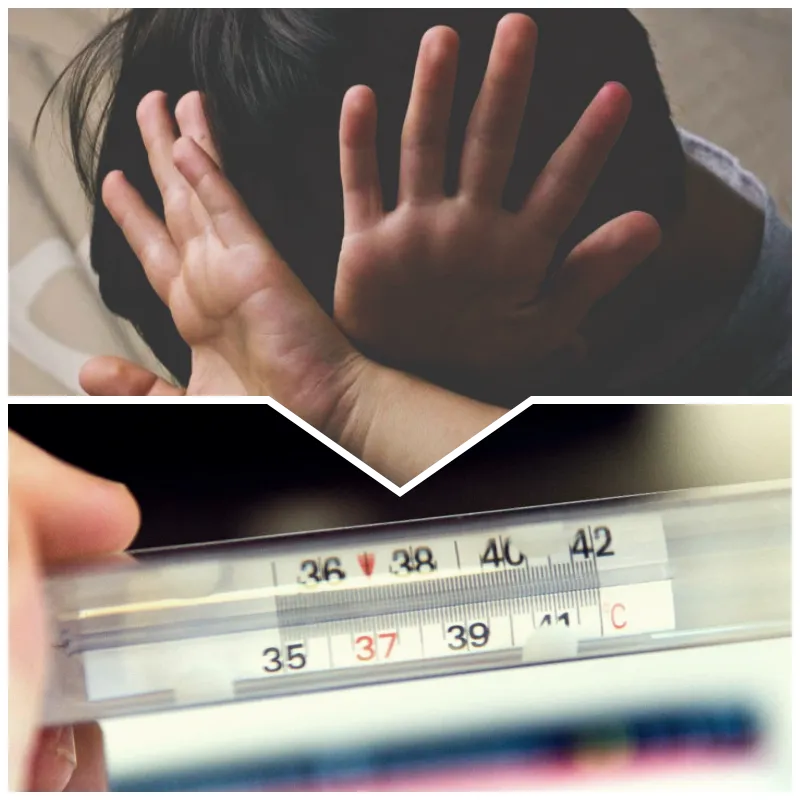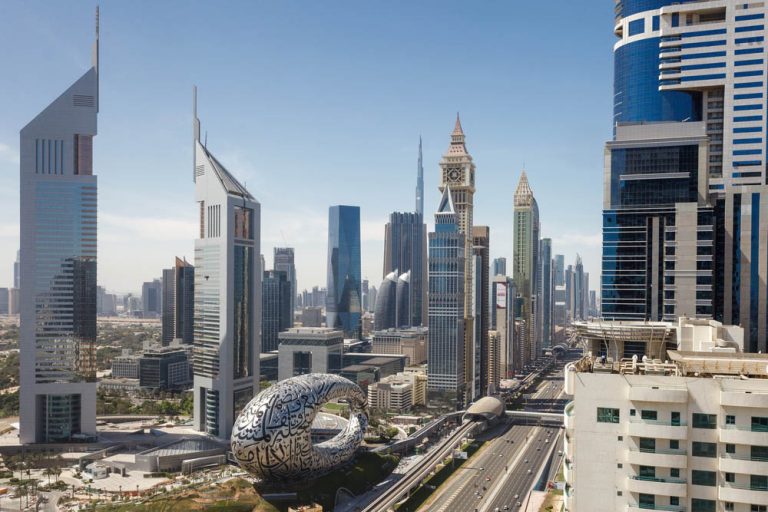
In the context of increasingly complex climate change, environmental temperature not only threatens the Earth and biodiversity but also has a profound impact on human behavior. International studies, from the United States, Spain to South Korea, have shown that increases in environmental temperature are closely linked to increases in violent behavior and crime. According to the latest Copernicus report, 2024 is predicted to be the hottest year on record, and this could have serious consequences for society.

A Worrying Connection: Recent research by Dr. Vivian Lions from the University of Washington has shed light on the connection between high temperatures and increased violent behavior. The analysis found that in 100 major US cities, from 2015 to 2020, there were 7,973 shootings that could have been prevented if temperatures had not increased abnormally. In addition, a 2013 study by researchers from Berkely and Princeton also revealed that a 1°C increase in average seasonal temperatures can increase the risk of domestic violence, rape and murder by up to 4%.
Not only in the US, research by Matthew E. Kahn from the University of Southern California, published in the journal Researchgate.net, also showed that urban crime is closely correlated with temperature, especially in poor areas. The results showed that as temperatures increase, violent crime rates also increase, especially in low-income areas. In Spain, for example, reports of domestic violence increased by 0.7% for every 1°C increase in temperature above 18°C. When temperatures exceed 30°C, the rate jumps to 4%.
Heat and Violence: A Vicious Cycle? So do hot temperatures mean violence? Researchers say the answer is more complex. The relationship between heat and violence is thought to be influenced by both physiological and social factors. Physiologically, rising temperatures cause the human body to respond by increasing heart rate, blood pressure and levels of cortisol, a hormone associated with stress. These changes can make people more irritable, less in control and more prone to making bad decisions.
Not only that, hot nights and lack of sleep also contribute to a more fragile mental state, leading to aggressive behavior the following day. At the societal level, poor areas are often ill-equipped to cope with the challenges of climate change, leading to increased violence. For example, in Los Angeles, crime rates during heat waves increased from 2.54% to 4.45% in poor areas, while in wealthier areas, the figure ranged from 0.29% to 1.03%.
Promoting Social Equity and Climate Change Adaptation: If high temperatures exacerbate violence, it is not the only cause. Social inequality plays a significant role in driving the consequences of climate change on human behavior. Therefore, the researchers recommend improving living conditions, distributing resources more fairly, and creating more green space in the most vulnerable areas. These measures not only help mitigate the impacts of climate change, but can also reduce the risk of violence in society, contributing to building a safer and more sustainable community in the future.







